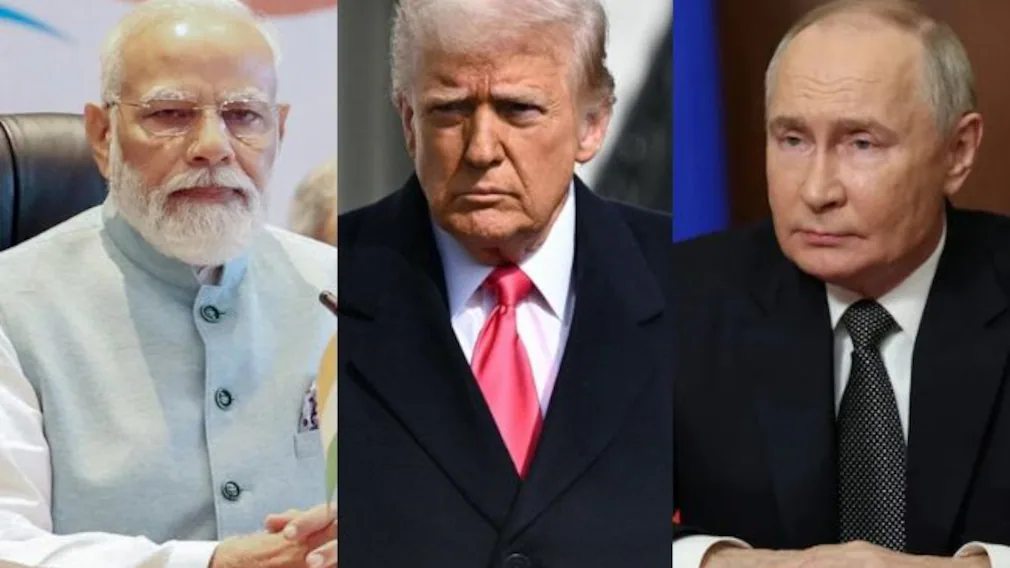India’s energy strategy has shifted dramatically in recent years, with Russian oil now dominating its import basket—a development drawing sharp criticism and economic threats from U.S. President Donald Trump. Once a minor supplier, Russia has become India’s top crude oil source, surpassing long-time partners like Iraq and Saudi Arabia.
Before the outbreak of the Russia-Ukraine war in 2022, Russian oil made up just 0.2 per cent of India’s crude imports. Today, that figure hovers around 40 per cent, with imports peaking at over 2 million barrels per day. This dramatic pivot was fueled by steep discounts from Russia after the West imposed sweeping sanctions, including a $60 per barrel price cap by the G7, EU, and Australia. India, seizing the opportunity, reportedly saved about $13 billion over two financial years, according to ICRA.
The roots of this relationship run deep. During the Cold War, India maintained diplomatic warmth with the Soviet Union, securing arms, technical assistance, and global support. Even after the USSR’s collapse, Russia continued as India’s primary defense supplier, a legacy that endures today.
India’s decision to lean into Russian crude post-2022 was largely economic. At one point, Russian barrels were offered nearly $40 cheaper than Brent, allowing India to prioritize affordability amid global volatility. In the first nine months of 2023, Indian buyers paid roughly $5 less per barrel for Russian oil compared to Iraqi shipments, according to Reuters data.
But this strategy has not sat well with Washington. President Trump recently imposed a 25 per cent tariff on Indian exports and threatened additional penalties unless India halts Russian oil purchases. On social media, he accused India—alongside China—of being Russia’s largest energy customer and warned of broader sanctions unless Moscow agrees to a peace deal within 50 days.
Despite mounting international pressure, India remains firm. The country imports nearly 85 per cent of its oil needs, consuming about 5.2 million barrels per day. With domestic production lagging, affordable imports are a necessity, not a choice. Petroleum Minister Hardeep Singh Puri has defended the purchases, saying they helped prevent a global oil price shock. “Had India not bought Russian oil,” he argued earlier this year, “prices would have gone through the roof.”
The financial scale of this pivot is staggering. From just $2.5 billion in FY 2021–22, India’s crude imports from Russia surged past $31 billion in FY 2022–23 and further exploded to over $140 billion in FY 2023–24, according to the Ministry of Commerce.
As Trump tightens the screws and India defends its energy sovereignty, the coming months will test the resilience of both nations’ economic diplomacy—and the true cost of oil in geopolitics.

